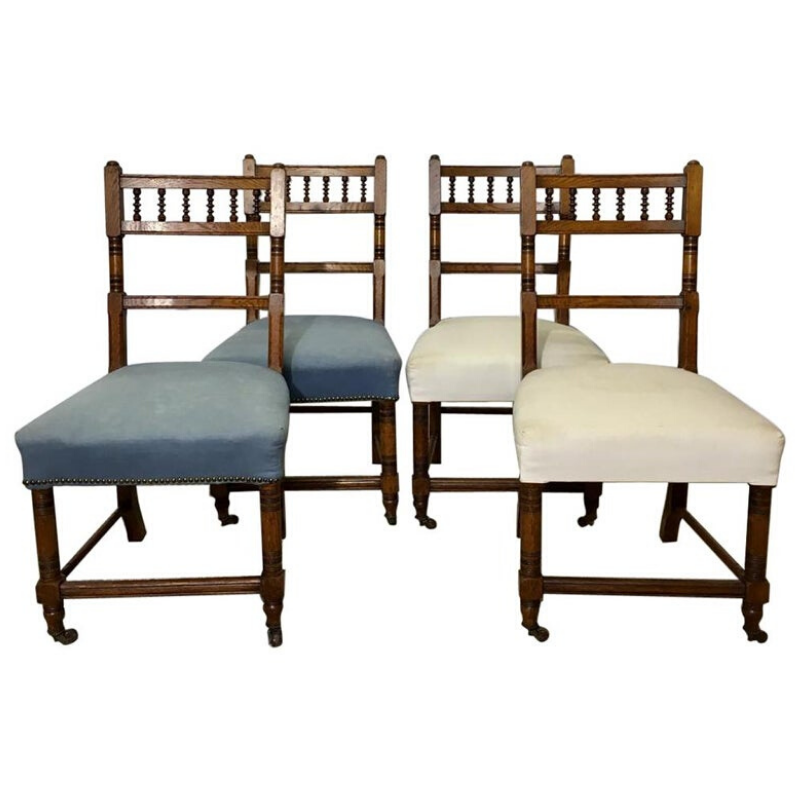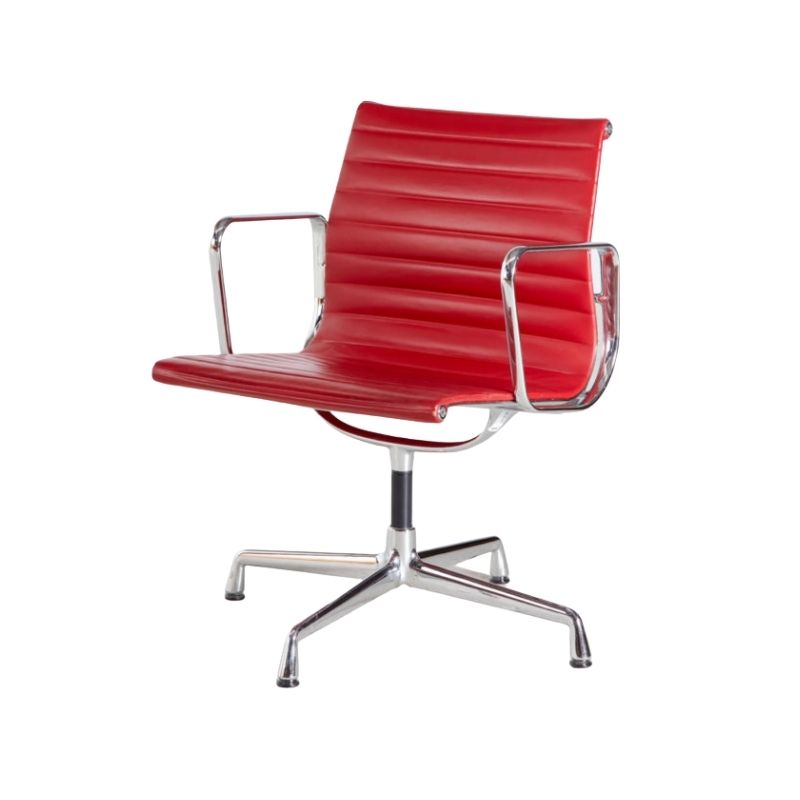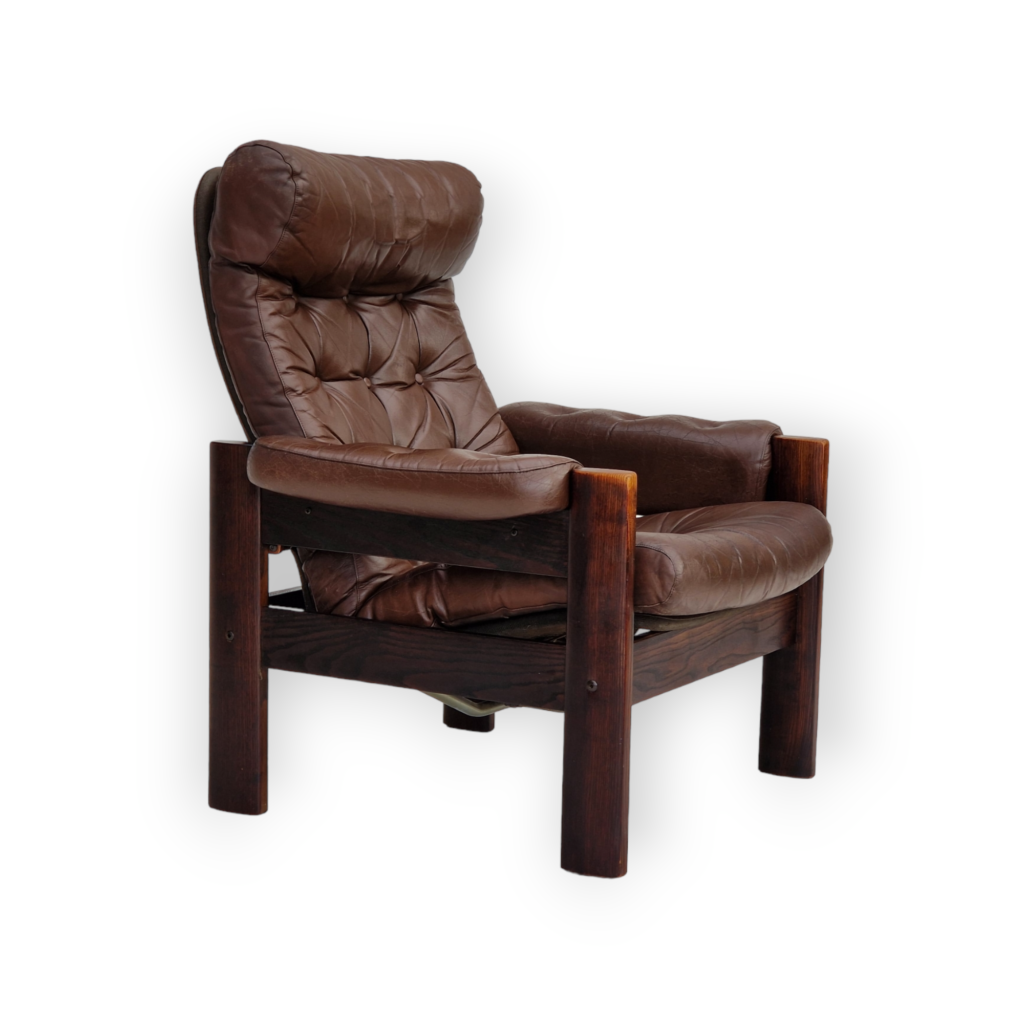New York craftsman
SDR,
Thomas Venturella at the Venturella Studio in New York City does great work. He is the person who did all the restoration (not repair) work on the Louis Comfort Tiffany pieces at The Charles Hosmer Morse Museum of American Art in Winter Park, Florida. The epoxy he uses is not something that is readily available at Home Depot as it will not yellow over time and it may be removed in the future should an improved method of restoration be discovered. When it truly counts this is one person to use. He did some minor work for me on a Alessandro Mendini, Spigoloso wall mirror for Edizione Arte and it is flawless.
http://venturellastudio.com/contents.php
Thanks. The
incident I speak of happened c. 1967. Perhaps the same techniques are still in use ? It was eerie to look at the piece -- transparent yellow glass with a little opalescence on the surface, a jug shape with small handles, no more than six inches high -- and see occasional places where the glass had been put back together. Quite impressive.
But I'm getting off topic. My point about the rubber "puck" repair is that, if the surfaces were sanded (i.e., their shape changed), only a space-filling adhesive would be fully effective. And if that adhesive failed, and had to be removed, the chances of restoring a perfect mating between the two halves -- after more sanding, etc -- would be even more unlikely. Under such conditions, wouldn't it be more effective to start with a new shockmount ?
Sorry -- it's none of my business, obviously. I haven't repaired or even owned an Eames chair . . .
That makes sense
However, I didn't sand much - just enough to slightly rough up the finish so the epoxy had something to grab onto.
Plan of action: I'm going to use the stuff I just ordered. But I contacted HM and they will repair for $115, which isn't bad. I will go that route if it pops off again. It only took a couple of months to shake loose, so I am guessing it'll fail sooner than later if it's going to at all.
Right.
Masking everywhere you don't want glue, with blue tape, might be worth the trouble. You can mask both the loose part and the chair back, as close to the glue line as you wish. The tape only needs to be pressed down (use the back of a fingernail) at the glue line.
Epoxy has the nice characteristic of peeling off many surfaces when it is in the semi-set stage. When you catch it at the right time, it is still pliable and, for some reason, hasn't yet stuck to the materials.
One hundred and fifteen smackaroos ain't bad?
To replace a shock mount that shouldn't have come loose in the first place, I think charging that high a fee is a rip.
I'm not sure what went wrong with your first attempt, but I think that for your second you should really try to remove as much of the old glue from both components as possible before you reglue. It's tedious work that I've done with small gouges and chisels that I have for making woodcuts. A rotary tool like a Dremel might come in handy if you have or can borrow one. Either way, the perfectly round edge of the mortise, or recess, is easily damaged if you slip. Even if you can get it back to bare wood and rubber, swabbing the glue surfaces with acetone on a Q-tip as a final prep is recommended - don't get any on the finish!
I'm suspicious of 3M 5200, only because the dubs at the boatyard seem to want to goop it on everything and I've seen it fail in the wrong applications. It just may work well for your purpose, though. Some swear by it.
Bon adhesion, and keep us posted on the results!
Where are you?
I know a great place in LA that can repair it and its about $125. He uses the same technique as they do when they originally constructed the chair. I guess its some type of electrical welding. However, I have done a few myself with JB weld and a clamp and it worked just fine.
Thanks,
Tk. The repair I know of was made, in the New York area I believe, in about 1967. Perhaps a precursor to Hxtal was used . . . ?
The "electrical weld" was likely a radio-cured adhesive; microwave curing of adhesives is in use in some parts of the woodworking industry, and I believe it has been mentioned in connection with the history of the Eames chair construction.
Just prepared the surfaces. T...
Just prepared the surfaces. This time I removed all material from the back of the shock mount and got the back panel where the glue was down to wood. I am going to use 3M Marine 5200 Adhesive/Sealant. Hopefully the thick nature of this will make up for any slight variances in the surfaces.
If you need any help, please contact us at – info@designaddict.com









